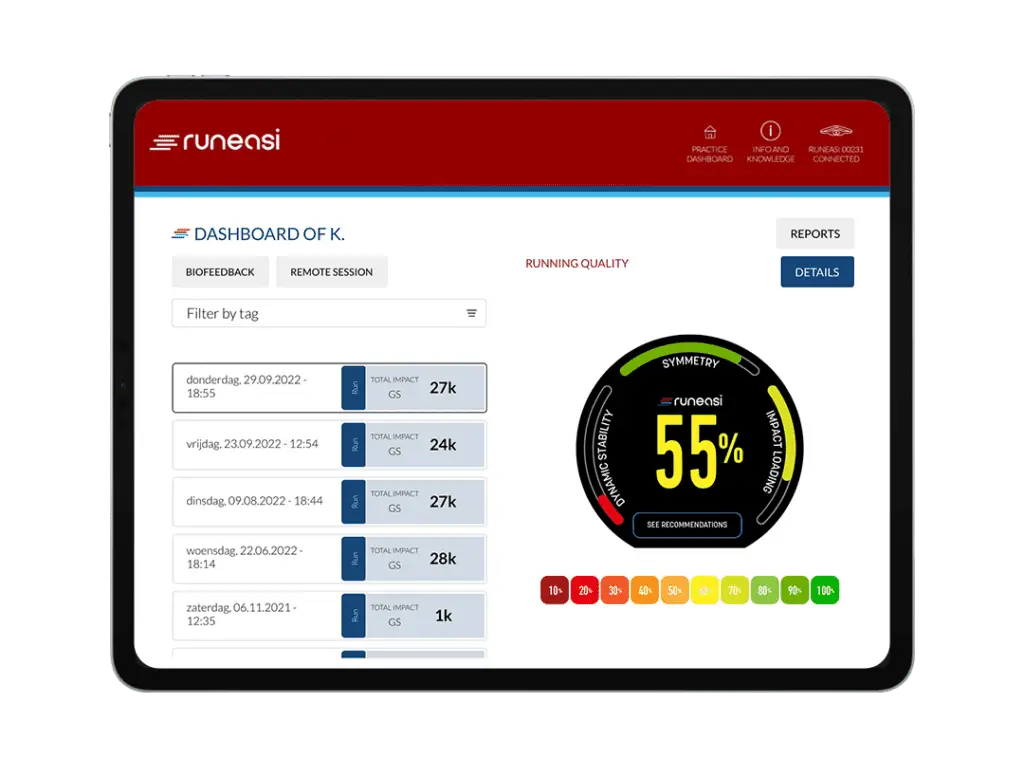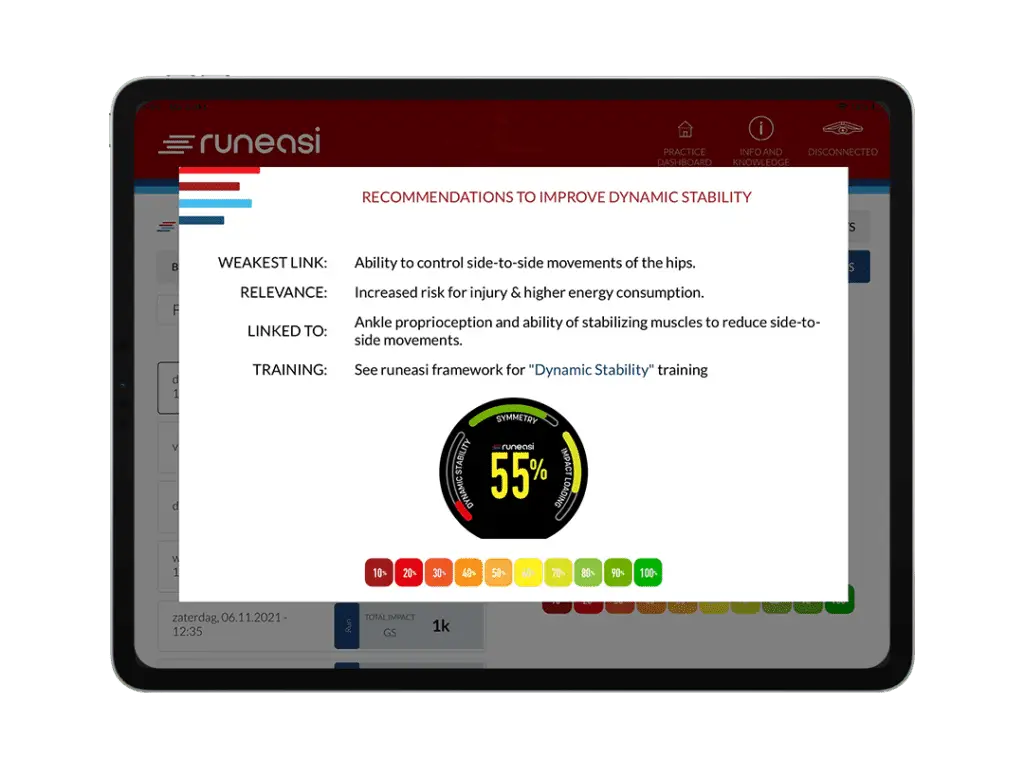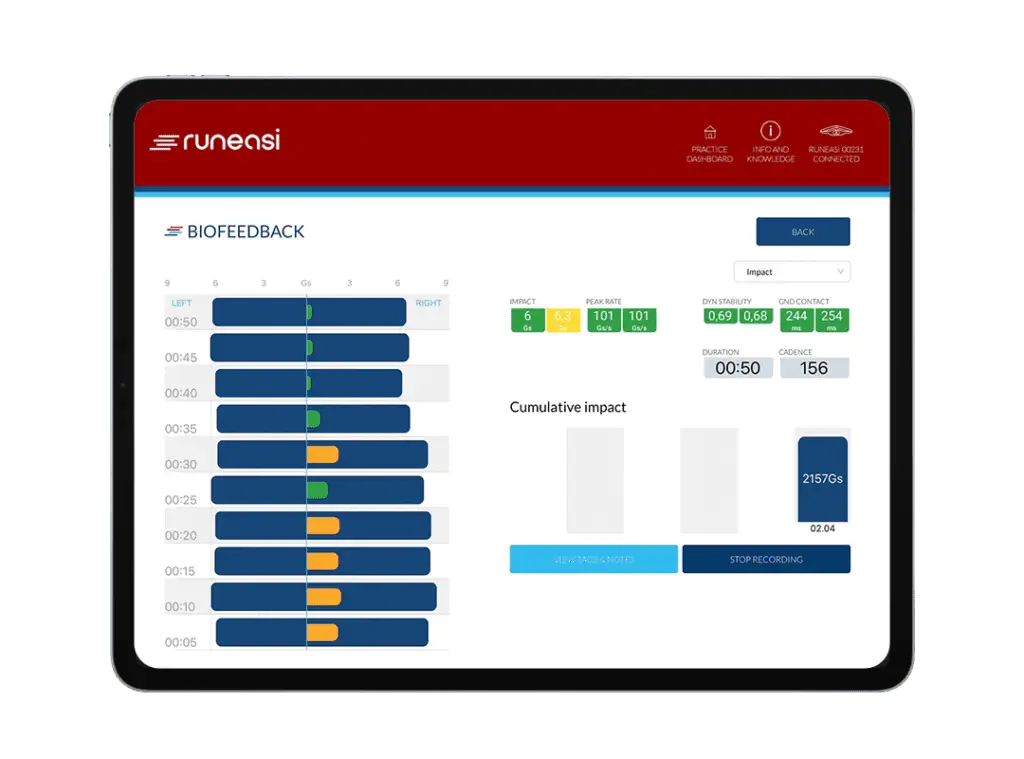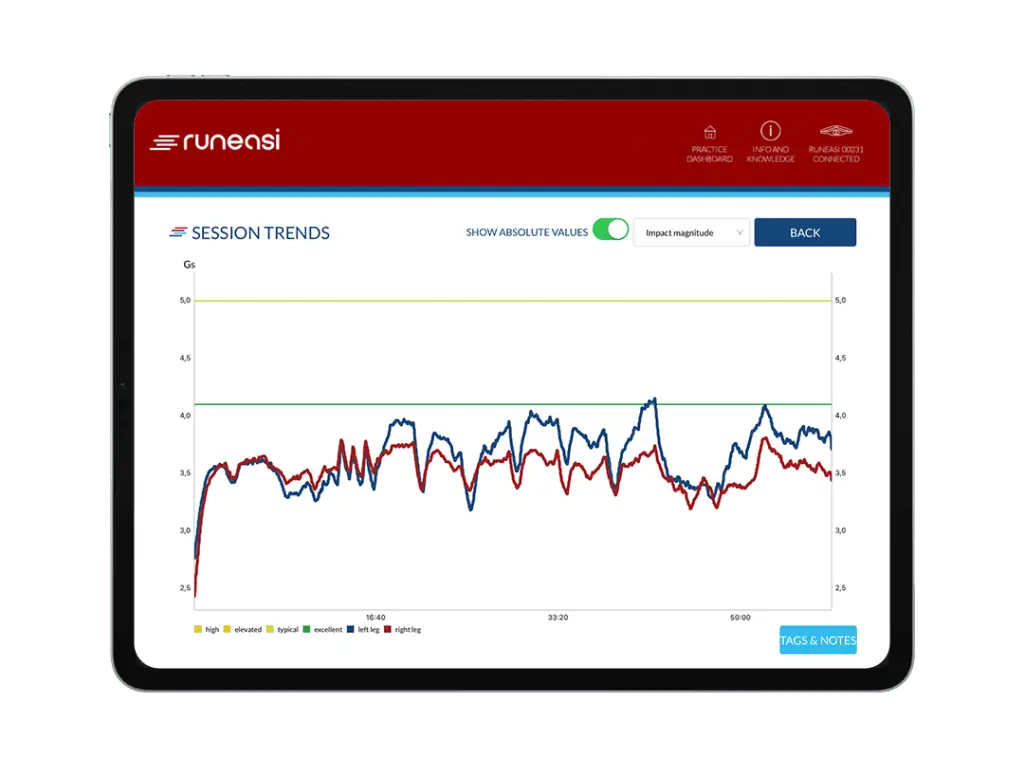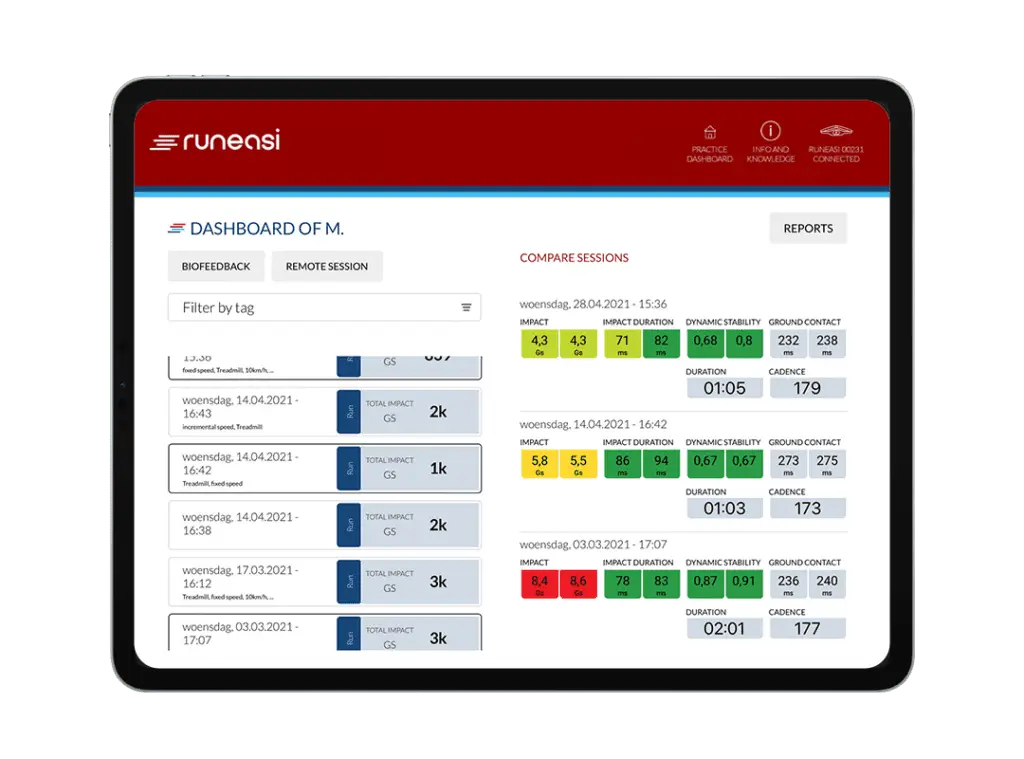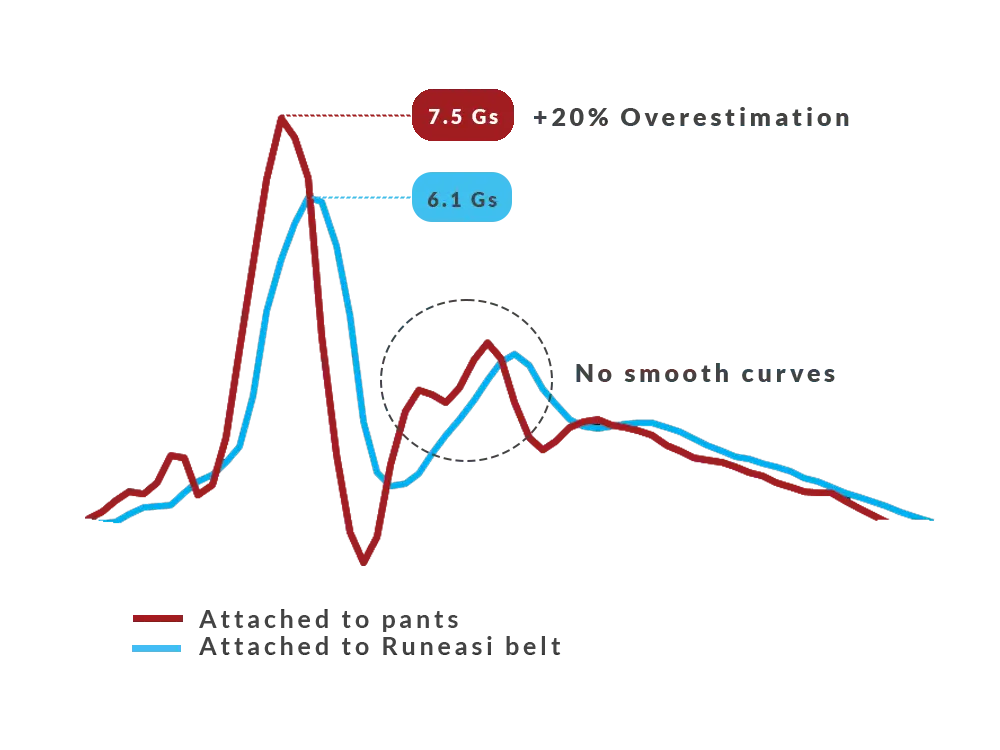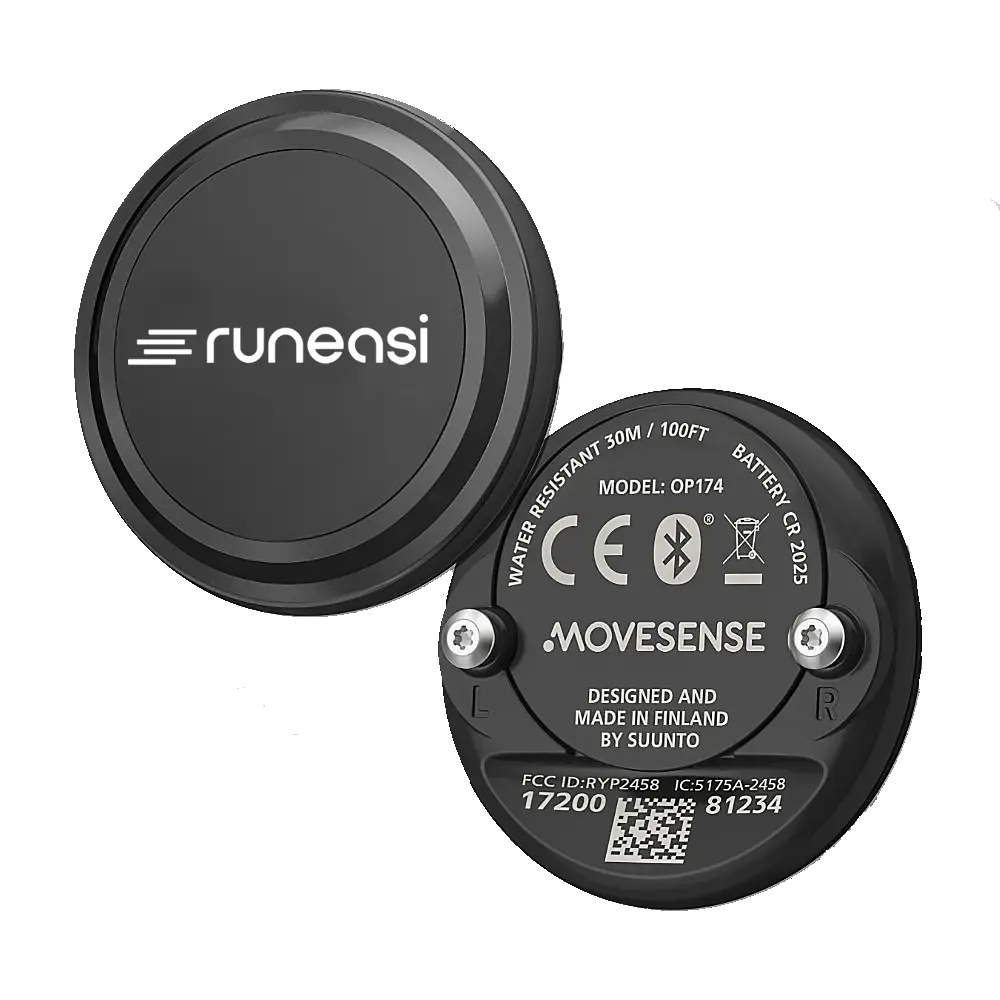Postpartum recovery, training and running
By Gabby Callagy, PT, CSCS, Founder The Run Rx
We have the opportunity to share Gabby’s postpartum recovery story. Renowned in the Boston area, Gabby is the driving force behind The Run RX. With her specialization in running rehabilitation and certification in pre- and postpartum recovery, her journey promises to be remarkable. Delve into her personal narrative as she navigates her own recovery journey and imparts invaluable insights drawn from her personal experience.
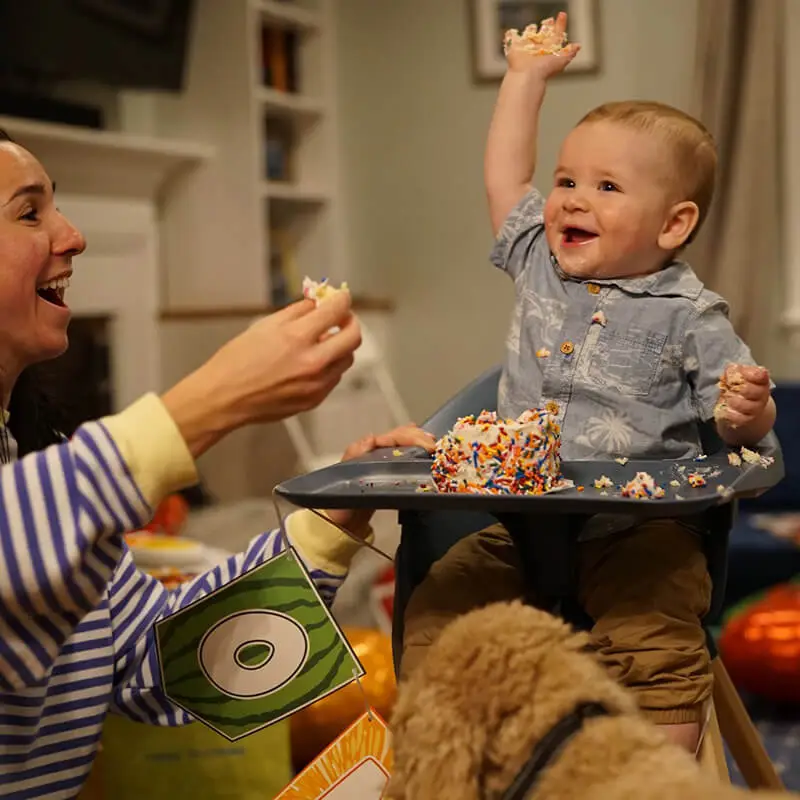
Progress over the past year
“Overall, my postpartum recovery has been about as smooth as it can be. In 1 year, I’ve hit a 6.5-mile long run and an 8 min/mi cruising pace on some shorter tempo runs. I’ve safely gotten back to my pre-pregnancy deadlift of 155 lbs x 8 and I’ve been able to jump back into some of my favorite HIIT classes and resume higher vulnerability postpartum core exercises like planks and crunches.
Looking back, the 6-month postpartum mark (which I let off in my postpartum rehab blog) is a notable juncture for the postpartum athlete. A lot of the first 6 months are postpartum recovery and postpartum rehab exercises vs really going out there and training the way you did before.
At 6 months my abdominals were no longer feeling so vulnerable and I was feeling ready to push myself again. Like many runner moms, I’m motivated to get back to where I was pre-pregnancy and then some. Not for anyone else, not for vanity reasons, but to prove to myself (and women in general!) that you can. And of course to show my son how strong his mom is one day!
So below are my top takeaways as I reflect on postpartum exercise, running, and recovery. Specifically, the 6-12 month mark where you may be in a place of “Am I back or am I not back?”. I hope it helps set reasonable expectations and the opportunity to give yourself some grace in your postpartum return to running and training.”
1. Postpartum recovery takes a whole year
“Stretched muscles are weak muscles & tight muscles are weak muscles. Between a 9+ month pregnancy and the trauma of delivery, your body goes through extremes of both. Your abdominal muscles are placed on max stretch for months and then your pelvic floor is asked to do the same during delivery (that, or your abdominal wall has been cut through during a C-section). Muscle tightness is common in pelvic floor muscles through pregnancy as they are asked to do more to support the weight of a growing baby, especially in active women who are still running and training. Hip flexors and adductors which are pelvic stabilizers are tense as they spend 9 months battling the relaxin hormone which is making pelvic stability harder and harder. Then, they often compensate postpartum when we return to impact exercise and training because our abdominals and pelvic floor are still not fully at full capacity.“
Some real pregnancy stats for you:
- Abdominal fascia has only regained 73%-93% of its original tensile strength post-C-section at 6-7 months postnatal.
- Levator hiatus (the opening through which prolapse occurs) widens during pregnancy and increases after vaginal delivery. In most, it is thought to return to a similar area by 12 months postnatal.
“As I started running more and training back to back days…I just felt stiff, achy, and like I had aged 20 years. No specific issues or isolated pain anywhere, no red flags or concerns, just a little less bounce. I complained (mostly to my staff and Pilates Rx colleagues) that I just felt off, less pop, morning stiffness/soreness, and generally like I wasn’t recovering well. I felt like this even on days I had taken some rest.
And then, around 11 months postpartum, I just stopped feeling this way. I realized it in one of my weekly Pilates sessions with The Pilates Rx. They asked me how things were going. I said “Actually, I’ve been feeling much better recently” and her response was simply “Yeah, you’re at the 1-year mark.” Mic drop. An ultimate perspective moment that inspired this blog.”
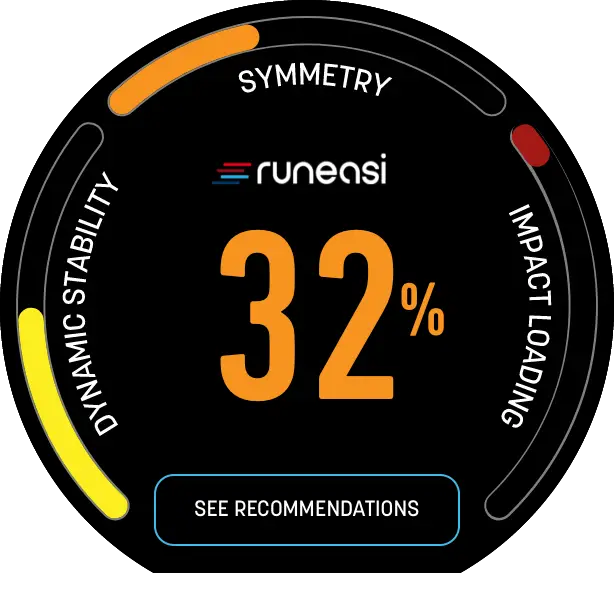
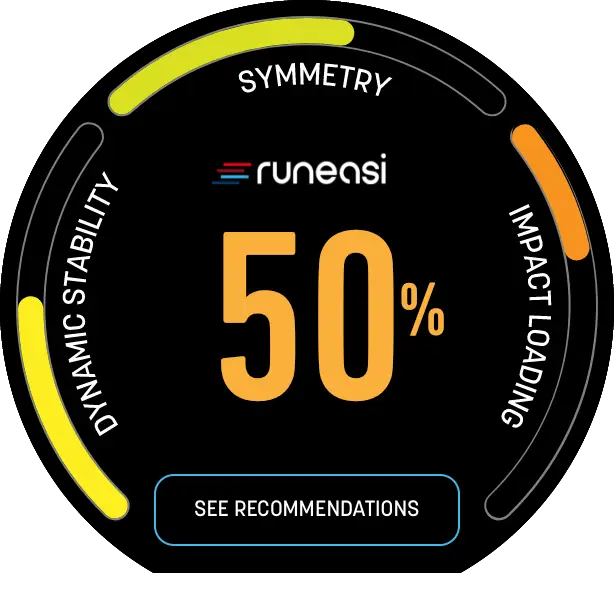
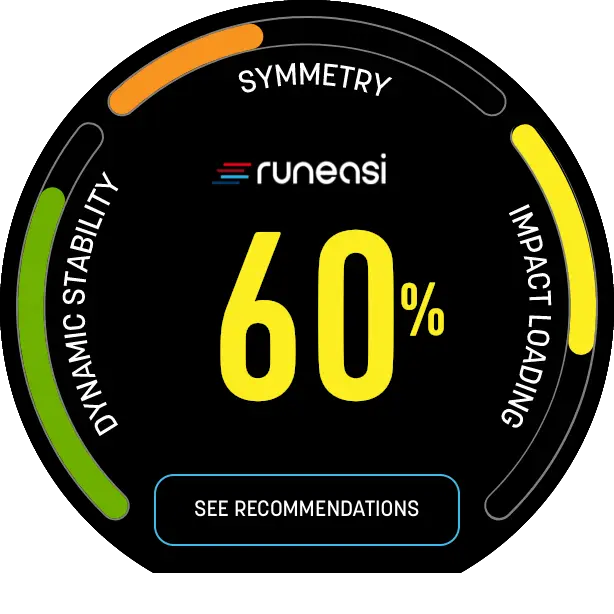
2. Train like an athlete, but don’t get down if you don’t always feel like one
I’m doing everything I was doing before safely, but will admit it does feel a bit harder still. I noticed this most in 2 ways: a lack of power and patterns of compensation with harder workouts.
Power
Basketball was my sport growing up and I always loved the box jump to measure and challenge strength, power, and vertical. My record was 34” not long before pregnancy. It was also a good measuring stick that I’d lost a step even as I returned to running and training postpartum. I could lift the same weight (strength) but I was struggling with things like the box jump (power). This was reflected and measured in my Runeasi scores both at 16 weeks postpartum and 1 year. My impacts were high and shock absorption was poor, a major reflection of power.
Admittedly, I used jumping and plyo’s in my rehab and returned to run testing but once I was back to running postpartum, they fell by the wayside. I started incorporating them again regularly after seeing my 18-week gait analysis results and it showed in my retesting at 1 year.
👉 The Takeaway: plyo’s and power training should be a regular part of a training and/or rehab routine even when you’re running healthy.
Compensation
As previously mentioned, hip flexors and adductors act as secondary stability support for the pelvis. The primary stabilizers are your core musculature. When the core isn’t fully up to the task, the secondary stability system will kick in more. I was noticing regular tightness in my hip flexors and adductors the day after a harder HIIT style workout . Telling me that while I was able to do some of these harder workouts, I wasn’t doing them as well or efficiently as I had in the past.
👉 The Takeaway: you’ll be able to muscle through things as an athlete & strong mama but listen to what your body is telling you as these compensations can become problematic over time.
Find balance and accept recovery time, it’s not a sprint
“The other thing that happens around the 6-month mark is babies just become more fun, more aware, and less sleepy. Until about 6 months postpartum, I was managing to get my postpartum exercise and running in 5 days/week, big win! When babies take 4 naps a day and you’re on maternity leave, this is possible. When they need you to be more present and you’re running a business, it’s a bit harder.
Even in the busiest of times in life, I’ve always been able to prioritize and find time for regular exercise, which I crave for my physical and mental health. In the last 6 months, I’ve been lucky if I manage 3 quick workouts in a week and have struggled to get a 15+ mile week in. Babies are tough, tiring, and rewarding.
So don’t sweat it. Take your time to be present. Use the time to rest your body for all the things you’ll do down the road. Ultimately, I believe so much of this postpartum recovery journey is the mercy of time and giving yourself that full year of grace. Even despite “falling off the wagon” on my postpartum rehab plan so to speak, things did get better with time.”

Written by Gabby Callagy, PT, CSCS
Gabby is a Doctor of Physical Therapy and expert in gait analysis and athletic performance. She is a Certified Strength & Conditioning Specialist through the NSCA and Clinical Exercise Physiologist through the ACSM. She is also a Certified Pre and Postnatal Exercise Specialist. She has a Bachelor’s in Exercise Science from the University of New Hampshire and graduated from the University of New England with a Doctorate in Physical Therapy in 2016. She has since specialized in working with runners in the Boston area in an outpatient orthopedic setting.

